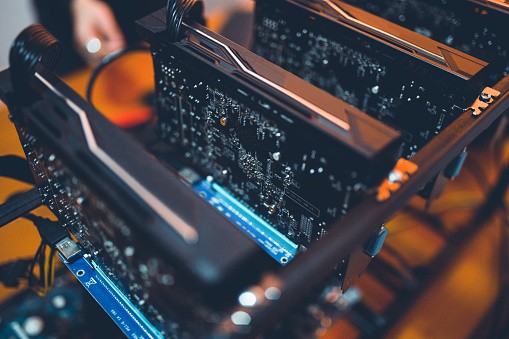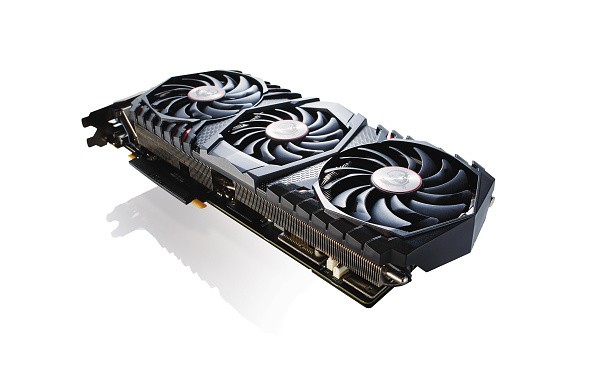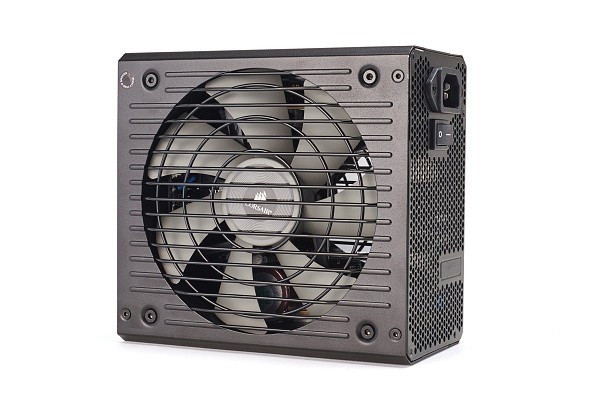Crypto mining is as profitable as it has ever been. But if you really want to maximize your profits and make sure you control almost every aspect of it, you're going to need to build your own mining rig.

Fortunately, building a crypto mining rig is more or less similar to building a typical PC. The only difference is that you're going to need some specialized hardware and software.
Now, without further ado, let's begin.
Crypto Mining Rigs 101: Early Considerations
One of the biggest factors you'll have to consider is budget. Simply put, building a crypto mining rig these days is not going to be cheap, according to ZDNet.
You're going to need a good amount of capital to ensure that the hardware you purchase can pay for itself in the shortest period of time. This involves the price of individual components, as well as how much power they're going to cost you (especially if you plan to invest in the long run.)

Lastly, which kind of cryptocurrency would you like to mine? That's because the type of crypto you want will actually determine how you build your machine. Mining bitcoin, for instance, requires either an ASIC or a typical computer graphics card.
Motherboard
Building a crypto mining rig has to start with one component: the motherboard. Basic computer motherboards won't cut it. You're going to need a motherboard specifically designed for cryptocurrency mining, such as ASUS' B250 Mining Expert, as recommended by TechRadar.
This type of motherboard allows for more than two graphics cards to be connected. Specifically, the B250 Mining Expert board can fit 19 GPUs. And with cryptocurrency mining, the more GPUs you have, the more coins you can mine.
The only drawback is the price: this board currently costs $628.99 on Newegg at the time of this writing.
There are, of course, cheaper alternatives. But if you want to ensure maximum stability with not a lot of tinkering required out of the box, the ASUS B250 Mining Expert is a good place to start.
CPU
Building a basic crypto mining rig might rely a lot on the GPU, but you can never forget about the CPU.
That said, try to get chips with the most cores, threads, and L3 cache that you can find--something like AMD's Ryzen Threadripper 3970X. TechRadar considers this the best mining CPU out there, with its 32 cores, 64 threads, and a monstrous 144 MB of L3 cache onboard.
But if a Threadripper CPU is too expensive for your budget, you can still go for a low-cost one, like the Intel Pentium Gold G-6400. It pales in comparison to the Threadripper specs-wise, but the low cost (and low power consumption) could definitely help you maximize your long-term profits.
RAM, Storage, PCIe Riser
When it comes to RAM, you'll need at least 16 GB of it. Whether it's DDR3, DDR4, or even DDR5 memory, it doesn't matter--16 GB is your bare minimum.
Next up is storage. Here, you once again don't have to splurge too much. Just get the best 1TB drive you can find, whether it's an SSD or HDD. Going for the latter, however, is always cheaper and can help maximize profits.
Lastly, PCIe riser. If you want to put as many graphics cards as possible into your mining rig, you're going to need multiple of these. A riser allows you to connect graphics cards without having to plug them directly into the motherboard, all while providing stable power delivery.
Graphics Card
Now, to the most exciting part of it all: the graphics card.

As much as you can, find a card that offers an excellent balance of unit price, power consumption, and crypto mining performance. According to WindowsCentral, one card fits those descriptions perfectly: the NVIDIA RTX 3060 Ti.
The 3060 Ti, while still not as powerful as a 3090 or 3080 in terms of mining, will yield you the most profits while also consuming a manageable amount of power. Plus, you won't have to shell out as much as $3,000 for one on the get-go.
For budget crypto mining rigs, WindowsCentral recommends the NVIDIA GTX 1660 Super or the older AMD RX 580 (the 8 GB model, specifically) if you want to keep your initial costs down.
Power Supply
Let's get this out of the way: a crypto mining rig will consume a lot of power. As such, you're going to need to protect your investment with a solid, reputable power supply. A good PSU will supply your hardware with stable power while also keeping costs down as much as possible.

Depending on the kind of hardware (and how many) you plan to run on your rig, you might need multiple PSUs. That said, you can start by finding a unit that fits most or all of this criteria, according to Tom's Hardware:
80 Plus Gold efficiency
Capacity at least 2x higher than what you actually need (because PSUs are most efficient at 50-60% load)
Ripple lower than 50 Mv at +12 V
Excellent fan quality
Enough power connectors
Software Setup
For the finishing touches, you'll need to set up your cryptocurrency mining rig's software. This actually deserves its own article, but here's a YouTube video you can follow step-by-step:
This article is owned by Tech Times
Written by RJ Pierce




